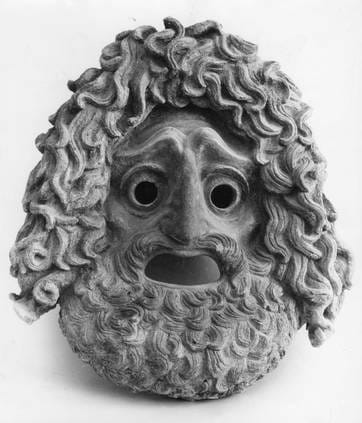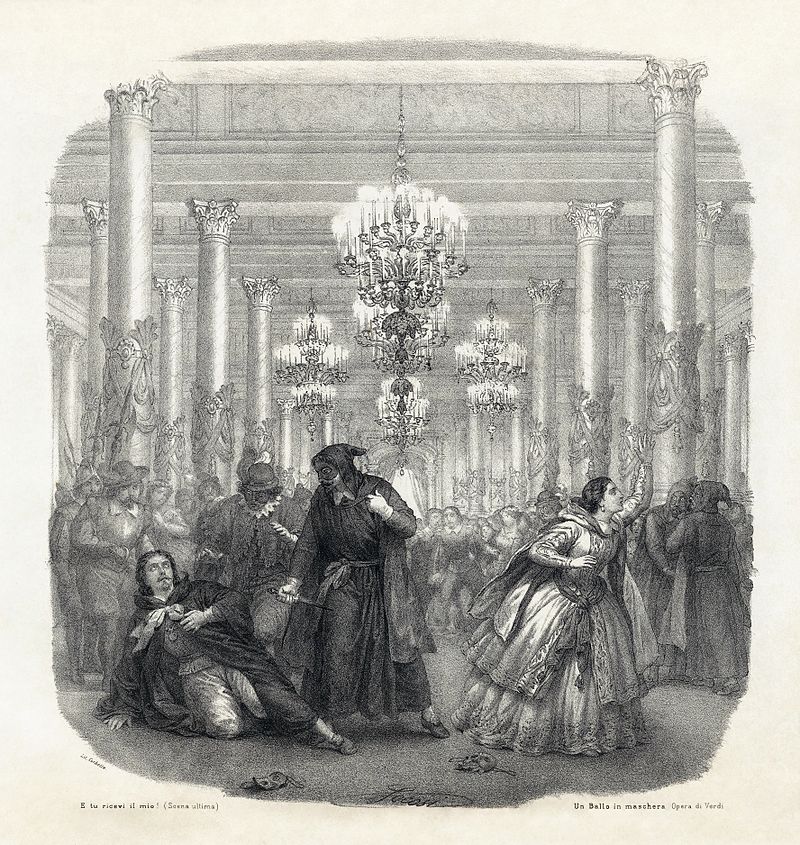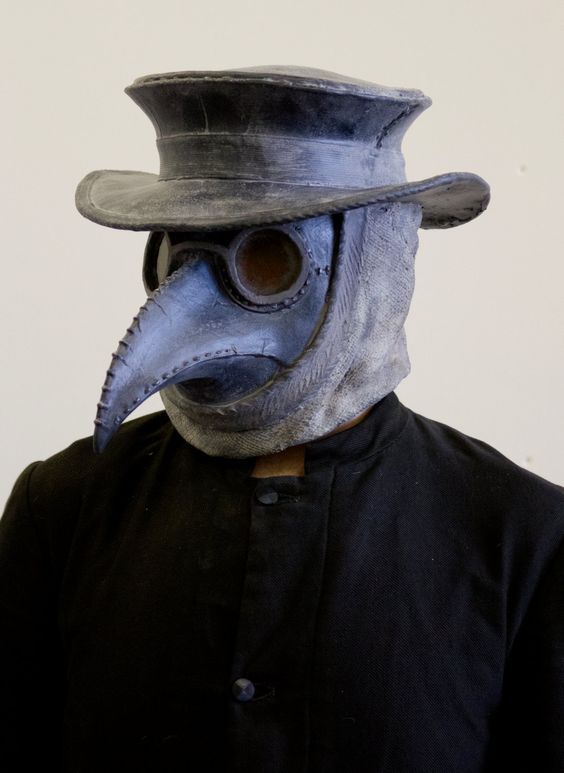
Ancient Greece
By Beatrice Williams-Rude
Mask, as a noun, a face covering; as a verb, to conceal.
Masks, an artifact of the theater since the Ancient Greeks, are now front and center for reasons having little to do with theatrical devices.
In 5th century BC Athens, masks could allow an actor to play many roles, a different mask for each character. They also informed the audience about the character without a word being spoken and additionally amplified the performer’s voice acting as a megaphone. Different types of masks were used for comedy and drama.
Venice is famous for its masks. Some were very beautiful and were held aloft by a baton, allowing the wearer to conceal or reveal at will.
In ancient Greece masks were used in religious rituals, the most popular honoring Dionysius, the god of wine—and of chaos.
In Venice there were masks with long jawlines that enabled the wearer to chat and chew with ease.


Verdi – Un Ballo in Maschera
Masks have been the deus ex machina in works spanning genres from light comedy to grand opera, Verdi’s Un Ballo in Maschera being the most obvious.
Dr. Charles de Lorme, who treated royals, including Louis XIII and Marie de Medici’s son, the Duke of Orleans, is credited with pioneering the use of masks for medical use in the 17th century.
The clothing worn by plague doctors was intended to protect them from airborne diseases, unlike today’s masks, which are aimed not at protecting the wearer, but those with whom the wearer comes in contact.


Plague Doctor – 17th C France/Italy
The costume, used in France and Italy in the 17th century, consisted of an ankle-length overcoat, leather gloves and a bird-like beak mask. The beak held perfume and herbs..
Masks were worn for various purposes: to hide one’s identity and social class; to enable illicit activities and, of course, for carnival. Toward the end of the Venetian Republic, the wearing of masks was limited to the three months following Dec. 26.
Masquerade parties are popular at Halloween and Day of the Dead as well as at Mardi Gras.


In his play, The Great God Brown, Eugene O’Neill uses masks to reveal psychological truths: masks to present the face the wearer shows the world; masks to reveal what and who the wearer actually is. And masks that may hide truths about the wearer the wearer may not know or accept.


Among works in which masks are prominent: Poe’s Mask of the Red Death, in which a character is fleeing the plague (sound familiar?); Eric Ambler’s The Mask of Dimitrios; The Man in the Iron Mask, a historical figure; and who can forget the masked rider of the Plains, the Lone Ranger; or Batman!
So, while masks have been with us for millennia, rarely have they provoked such controversy as now.

















